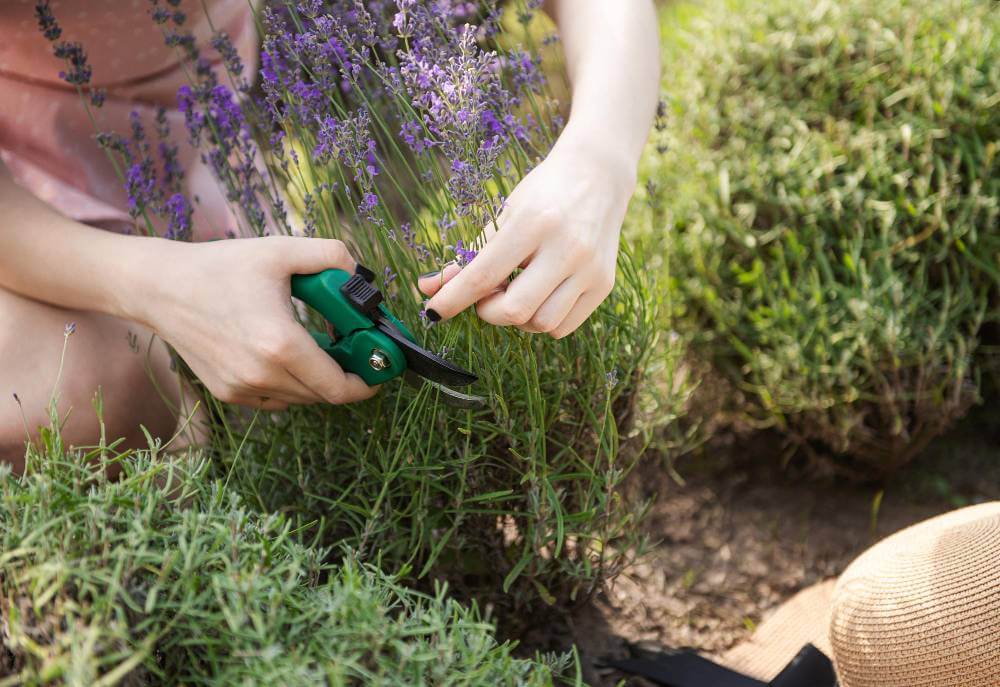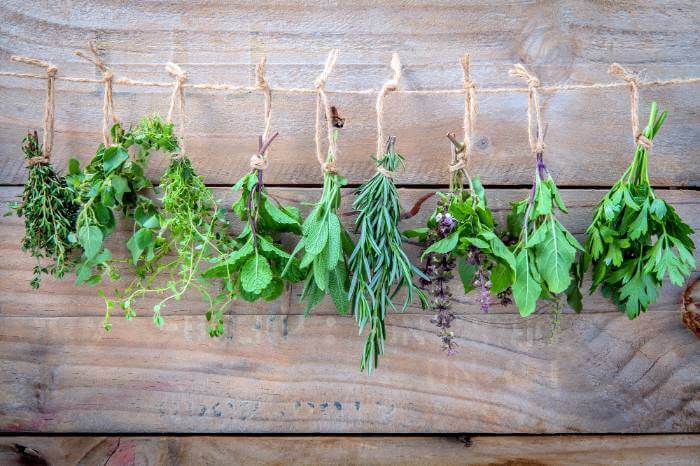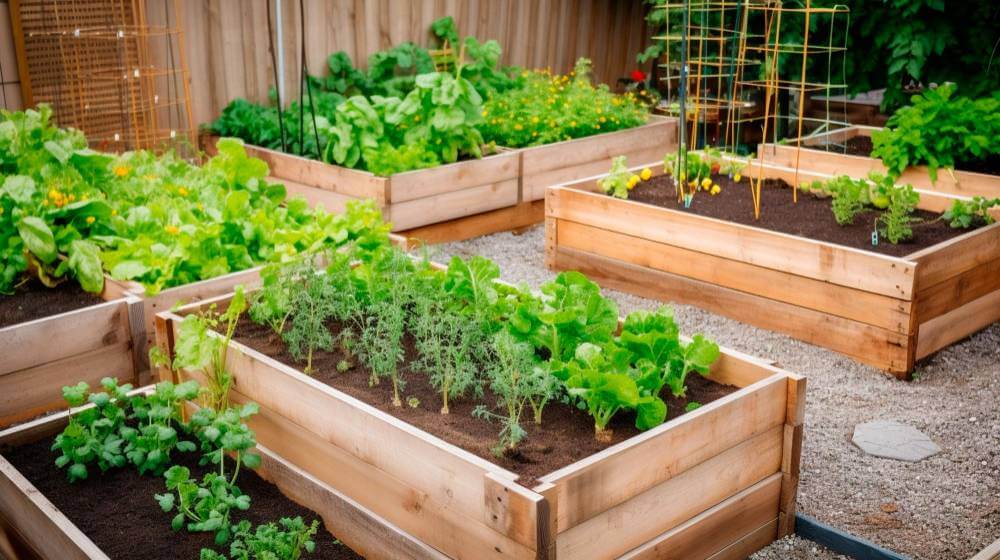Hi, everyone! Welcome to my garden oasis where we explore the wonders of echinacea, a vibrant herbaceous perennial that not only beautifies your landscape but also enhances your well-being.
Join me as we delve into the secrets of growing and caring for this remarkable herb!
Unveiling the Benefits and Versatility of Echinacea
Echinacea stands out not only for its stunning appearance but also for its myriad health benefits and versatility. Echinacea has special compounds that can boost the immune system. This helps the body fight off colds and flu faster and makes them less severe. These compounds also enhance the immune system’s ability to fight infections and reduce swelling in the body.
Beyond its immune support, echinacea is a source of essential vitamins and minerals, including vitamin C, iron, and zinc, which further bolster its health benefits.
Moreover, echinacea’s antioxidant properties help combat oxidative stress caused by free radicals, which can contribute to aging and various chronic diseases. Regular consumption of echinacea supplements or tea may contribute to overall well-being and longevity.
In addition to its medicinal uses, echinacea has historical and contemporary applications in skincare and oral health. Its anti-inflammatory and antibacterial properties make it a popular ingredient in natural skincare products, helping to soothe skin irritations and promote healing. In oral care, echinacea’s antimicrobial properties may support gum health and oral hygiene when used in mouthwashes or dental products. So, as you can see, echinacea is a must-have in your garden for its versatile uses.
Diverse Varieties of Echinacea: A Rainbow of Choices
Echinacea comes in various hues and forms, from the classic Purple Coneflower (Echinacea purpurea) to the sunny Yellow Coneflower (Echinacea paradoxa) and delicate Pale Purple Coneflower (Echinacea pallida).
Each variety offers similar health benefits, so choose based on your garden’s aesthetic and local climate. Whether you prefer bold and vibrant or subtle and delicate, there’s an echinacea variety to suit every gardener’s taste.
Embracing Perennial Resilience: Echinacea’s Enduring Charm
As a perennial herb, echinacea establishes deep roots that allow it to return year after year. This resilience makes it a staple in gardens, providing reliable blooms and health benefits without replanting. With proper care and maintenance, echinacea can thrive for many seasons.
Prime Planting Season: Timing for Echinacea Success
Spring marks the optimal planting season for echinacea. Wait until all threats of frost have passed and the soil warms up for successful germination and root establishment. Gardeners in colder climates can start seeds indoors 6-8 weeks before the last frost date to ensure early spring planting and robust growth. By timing planting correctly, you set the stage for a flourishing echinacea in your garden.
Sunlit Success: Echinacea’s Preference for Light
Echinacea thrives in sunny locations, ideally receiving 6-8 hours of direct sunlight daily. While it tolerates partial shade, full sun promotes vigorous growth and abundant flowering. In hot climates, provide afternoon shade to prevent stress from intense sunlight, ensuring prolonged bloom periods and healthy plant development.
Nurturing Through Winter: Essential Care Tips for Echinacea
Winter care plays a crucial role in maintaining echinacea’s health and vigor. Before winter sets in, mulch around plants with organic materials like straw or shredded leaves to insulate roots and protect them from freezing temperatures. Trim back dead foliage in late fall to tidy the garden and prevent disease. With proper winter care, echinacea emerges stronger and more vibrant in the following growing season.
Growing Echinacea: Seeds vs. Seedlings
Choosing between growing echinacea from seeds or seedlings depends on your preference and timing. Starting from seeds allows you to select from a wide variety of echinacea species and cultivars, giving you more control over the plants’ genetic diversity. Sow seeds indoors in early spring, 6-8 weeks before the last frost date, or directly outdoors after the last frost. Seedlings, on the other hand, offer a head start in growth and are convenient if you want to establish plants quickly. Purchase seedlings from a reputable nursery and transplant them into well-prepared garden soil after the danger of frost has passed for optimal growth.
Cultivating Echinacea from Cuttings: A Guide to Success
Propagating echinacea from cuttings is a reliable method for gardeners seeking to expand their gardens. Start by selecting healthy, non-flowering stems in early summer and preparing them by removing lower leaves and applying rooting hormone. Plant the cuttings in well-draining soil or a perlite-peat moss mix, ensuring they are firmly placed and lightly watered.
Keep the cuttings in a location with indirect sunlight and maintain consistent moisture levels to promote root development. Once rooted, transplant the young echinacea plants into pots or directly into the garden, spacing them according to their mature size. This method allows for the propagation of specific varieties and ensures healthy, robust plants for your garden.
Growing Echinacea: Indoors or Outdoors
Echinacea thrives in outdoor gardens where it can receive full sun to partial shade. It’s best to grow echinacea outdoors if possible, as it requires ample sunlight for robust flowering and overall health. However, if you live in a region with harsh winters or limited outdoor space, echinacea can be grown indoors successfully. Choose a sunny windowsill or use grow lights to provide at least 6 hours of sunlight daily. Ensure well-draining soil and adequate air circulation to prevent fungal diseases, and monitor soil moisture levels closely, especially during winter when indoor air tends to be drier.
Best Soil for Growing Echinacea
Echinacea prefers well-draining, loamy soil. Good drainage is crucial to prevent root rot, especially in winter. Amend heavy clay soils with organic matter like compost or peat moss to improve drainage and fertility. Sandy soils can benefit from organic amendments to retain moisture and nutrients. Ensure the planting site has good air circulation to prevent fungal diseases. Regularly check soil moisture levels and water deeply but infrequently to encourage deep root growth and drought tolerance.
Instructions for Growing Echinacea in a Pot
Growing echinacea in pots is ideal for gardeners with limited space or those who want to enjoy its beauty on patios, balconies, or indoors. Choose a pot with drainage holes to prevent waterlogging and use a well-draining potting mix formulated for herbs or perennials. Plant echinacea at the same depth as it was in its nursery container, ensuring the crown (where the stems meet the roots) is slightly above soil level. Water thoroughly after planting and keep the soil evenly moist, but not waterlogged. Place the pot in a sunny location and rotate it occasionally to ensure even growth. Fertilize lightly in spring with a balanced fertilizer and prune dead flowers to encourage continuous blooming.
Hydroponic Cultivation of Echinacea
While echinacea is traditionally grown in soil, hydroponic cultivation is possible with careful planning. Use a deep-water culture or nutrient film technique system designed for herbs or flowering plants. Start with healthy echinacea seedlings or cuttings with well-developed roots. Provide a balanced hydroponic nutrient solution suitable for flowering plants and maintain proper pH levels (around 6.0-6.5). Ensure adequate light levels with LED grow lights adjusted to mimic sunlight for 12-16 hours daily. Monitor water quality, temperature, and nutrient levels regularly to ensure optimal growth and flowering.
Watering Instructions for Echinacea
Echinacea prefers moderate moisture levels and well-drained soil. Water deeply but infrequently, allowing the top inch of soil to dry out between waterings to encourage deep root growth and drought tolerance. In hot, dry weather, increase watering frequency to keep the soil evenly moist. Avoid overhead watering, especially late in the day, to reduce the risk of fungal diseases. Mulch around plants with organic material like shredded leaves or straw to retain soil moisture and regulate soil temperature. During winter, reduce watering but ensure plants do not dry out completely.
Companion Planting with Echinacea: Herbs, Flowers, and Vegetables
Echinacea is a versatile companion plant that benefits neighboring herbs, flowers, and vegetables. Plant it alongside herbs like basil, thyme, and sage to enhance their flavor and deter pests with its aromatic properties. In flower beds, echinacea’s vibrant blooms attract pollinators like bees and butterflies, benefiting nearby plants by increasing pollination rates. Pair echinacea with vegetables such as tomatoes and peppers to improve overall garden health and biodiversity.
Planting Foes: Plants to Avoid Near Echinacea
While echinacea benefits many plants, certain companions can compete for resources or have incompatible growing conditions. Avoid planting water-loving herbs like mint and parsley near echinacea, as they require moist soil that contrasts with echinacea’s preference for well-drained conditions. Similarly, shallow-rooted groundcovers such as creeping thyme or ajuga can compete with echinacea for nutrients and space. Additionally, vegetables like lettuce and spinach, which prefer cooler, moister environments, may not thrive alongside echinacea in sunnier, drier spots. It’s best to plan echinacea’s garden neighbors carefully to ensure each plant’s optimal growth and health.
The Attraction Towards Pollinators: Echinacea’s Role in Garden Ecology
Echinacea’s colorful blooms act as a magnet for pollinators like bees, butterflies, and beneficial insects, contributing to garden biodiversity and ecosystem health. By attracting pollinators, echinacea enhances pollination rates for nearby plants, resulting in increased fruit and seed production. Pollinators also play a crucial role in maintaining balanced garden ecosystems by supporting food webs and natural pest control. Plant echinacea in groups or mixed borders to maximize its pollinator-attracting benefits and create a thriving, sustainable garden environment.
Pruning Instructions for Echinacea
Pruning echinacea helps maintain plant health, prolong flowering, and manage its size and shape throughout the growing season. Deadhead spent flowers regularly to promote continuous blooming and prevent self-seeding, which can lead to overcrowding. Use clean, sharp pruning shears to cut back flowering stems to the nearest healthy leaf or lateral bud. Remove damaged or diseased foliage promptly to prevent the spread of diseases. Prune tall varieties in early summer to encourage branching and more compact growth. Trim back foliage in late fall to tidy up the garden and prepare echinacea for winter dormancy.
Pest Treatment for Echinacea
Echinacea is generally resistant to pests and diseases but can occasionally encounter issues such as aphids, spider mites, or powdery mildew. Monitor plants regularly for signs of pests, including distorted leaves, sticky residue, or webbing. Blast aphids and spider mites off plants with a strong stream of water or treat with insecticidal soap for severe infestations. Improve air circulation around plants and avoid overhead watering to prevent powdery mildew. Prune infected foliage and treat with a fungicidal spray if necessary. Maintain garden cleanliness and remove plant debris to reduce pest habitat and promote healthy echinacea growth.
Recap
Congratulations, dear friends! You’ve now mastered the art of growing echinacea -from seeds to cuttings, soil secrets to pest wrangling. With your garden ready to bloom with echinacea’s vibrant hues, remember: a garden’s journey is never complete without a few laughs.
So, plant your echinacea, watch it flourish, and don’t forget to swing by my blog for more gardening adventures. Happy gardening!






